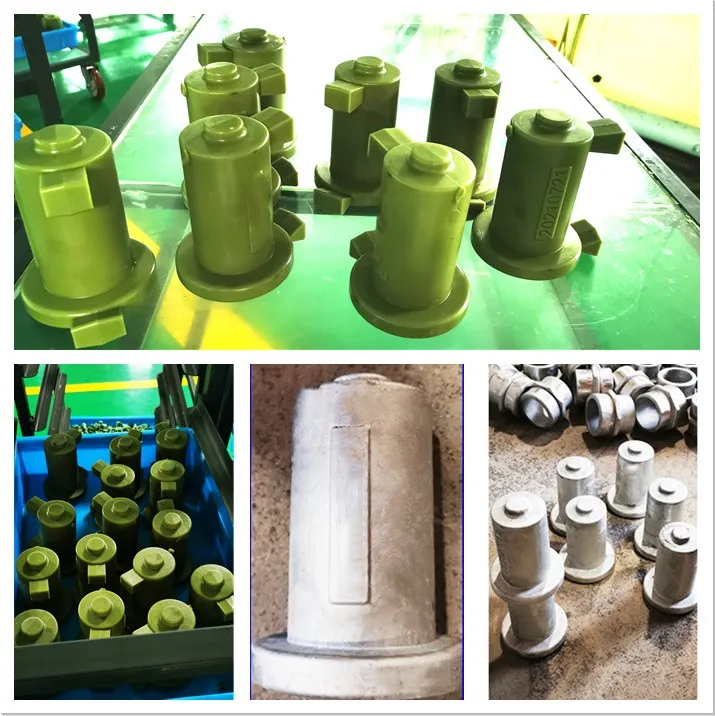Mobile:+86-311-808-126-83
Email:info@ydcastings.com
Spanish
Creative Designs in Aluminum Ornamental Castings for Unique Home and Garden Decor
The Versatility and Aesthetic Appeal of Aluminum Ornamental Castings
Aluminum ornamental castings have gained immense popularity in recent years due to their unique blend of durability, versatility, and aesthetic charm. This method of metalworking involves pouring molten aluminum into a mold to create intricate designs and shapes that are perfect for a wide range of decorative applications. From architectural features to artistic sculptures, aluminum castings are a favored choice in both residential and commercial settings.
One of the primary advantages of using aluminum in ornamental castings is its lightweight nature. Unlike iron or bronze sculptures, aluminum castings are easier to handle, transport, and install. This feature makes them highly suitable for various applications, such as gates, railings, and garden décor, without compromising structural integrity. Additionally, aluminum is resistant to corrosion, which ensures that ornamental castings made from this material will maintain their integrity and appearance even when exposed to harsh environmental conditions.
The versatility of aluminum ornamental castings is another key factor contributing to their widespread use. With advancements in casting technology, manufacturers can produce highly detailed and complex designs that were once thought impossible. Innovations such as lost-wax casting and sand casting allow for extraordinary precision, enabling artisans to create everything from elegant filigree patterns to bold geometric shapes. This flexibility in design opens up endless possibilities for customization, allowing customers to find or create pieces that perfectly match their aesthetic preferences.
aluminum ornamental castings

Furthermore, aluminum is incredibly malleable, facilitating both ornamental and functional pieces. For example, aluminum castings can be used for decorative stair railings that combine safety with style or custom signage that reflects a business's brand identity. These castings can be easily finished with various coatings, paints, or patinas, providing additional opportunities for personalization and enhancing their visual appeal.
In terms of sustainability, aluminum is also a prime contender. It can be recycled indefinitely without losing its properties, making it an environmentally friendly option. Many manufacturers now focus on sourcing recycled aluminum for their casting processes, which not only reduces waste but also lessens the demand for raw materials. This commitment to sustainability resonates with eco-conscious consumers who seek to minimize their environmental footprint.
When it comes to applications, the use of aluminum ornamental castings spans a wide range of industries. In architecture, these castings can enhance the aesthetic of building facades, window frames, and balustrades. In landscaping, they can be integrated into garden pathways, decorative fountains, or accent pieces that elevate outdoor spaces. Additionally, in the world of art and sculpture, aluminum castings can serve as striking focal points in galleries, parks, and public spaces, encouraging community engagement and appreciation for art.
In conclusion, aluminum ornamental castings represent a harmonious blend of form and function. They offer designers and consumers alike the opportunity to create beautiful and enduring components that enhance both indoor and outdoor spaces. With their lightweight nature, design versatility, sustainability, and resistance to corrosion, aluminum castings are an excellent choice for anyone looking to add an artistic touch to their environment. As technology continues to evolve, the possibilities for aluminum ornamental castings are only set to expand, promising a future filled with creativity and innovation in the world of decorative metalwork.











